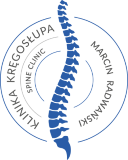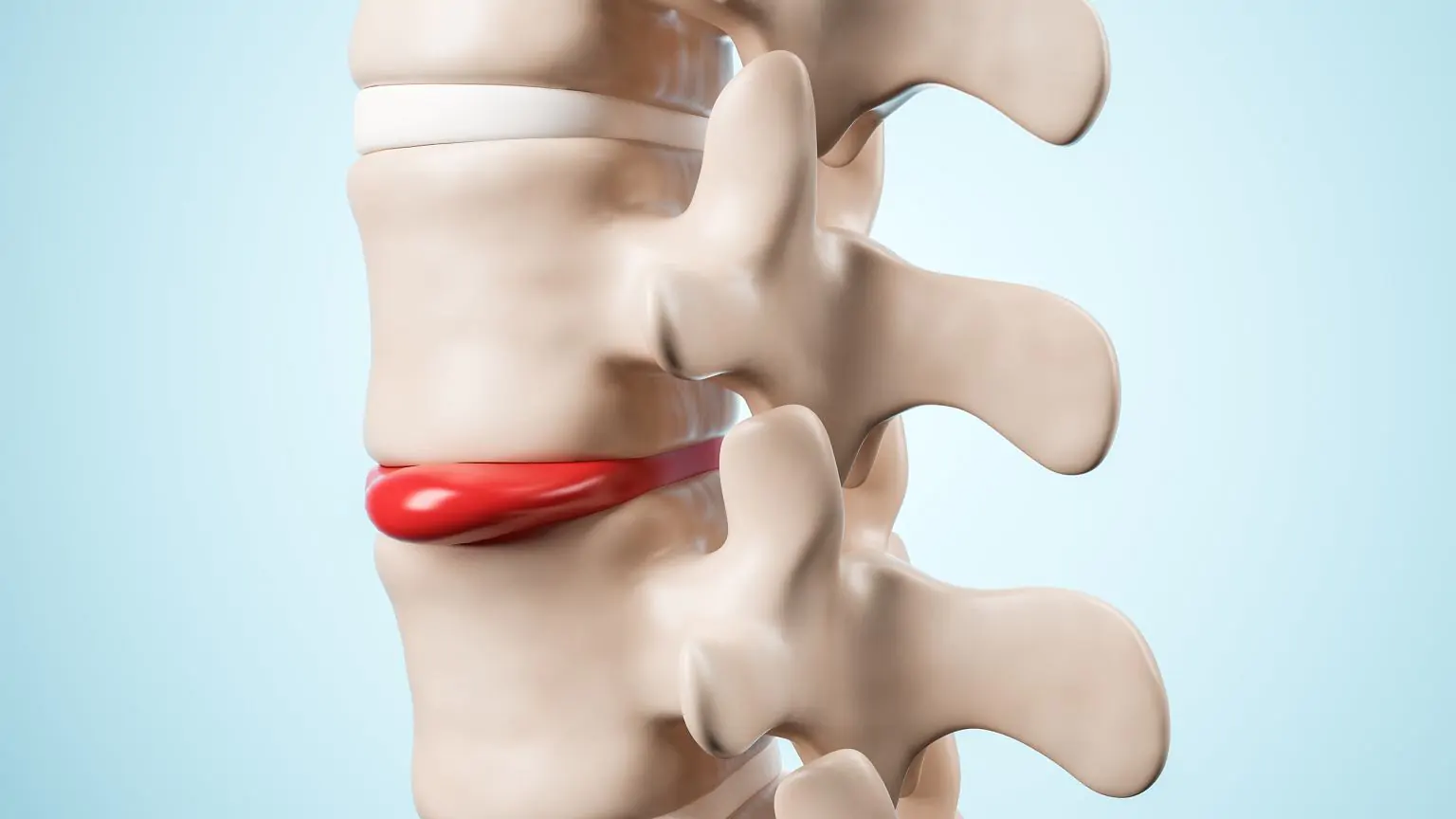THE SECRETS OF THE DISK
To be able to expand on the topic of ambiguous symptoms that a disc can cause, we need to know a little more about its structure. I invite you to take a short walk inside our spine.
The intervertebral disc is an amazing structure. It is the largest non-blood organ of the human body. Innervation occurs only in its outer layer. The disc is the link between the vertebrae that allows them to move relative to each other. It consists of an outer ring (depending on the source, about 20 layers) and an internally located nucleus pulposus, which has hydrophilic properties (absorption of water).
In a daily cycle, the disc is nourished by diffusion and exchanges 20% of the fluids in the nucleus pulposus. Its hydration in youth is 88% and decreases with age. The nucleus pulposus acts as a bearing and distributes the weight of the trunk to the inner parts of the disc ring. During the day by walking, sitting, standing, the disc is compressed. At night, while lying down, the disc is relieved, which causes the processes of water absorption to the center of the intervertebral disc.
Now that we’ve got to know the structure of the disk, let’s check what happens to it next…
In 1934, scientists Mixter and Barr, in their groundbreaking research, discovered the connection of a herniated disc with sciatica. Previously, this hernia was considered a cancer of the spine. The subject of this mysterious structure is a topic of research to this day. Probably everyone has heard that the disk can fall out. However, few people know that its outer, innervated layer may burst, or its inner part, called the nucleus pulposus, may move inside the disc. This results in both pain and mechanical disorders in the form of loss of ability to move in a given direction, or its limitation.
What’s more, the disc can cause ailments that at first glance are not related to the spine, e.g. retrosternal pain imitating a heart attack, symptoms in the hand imitating carpal tunnel, pain in the form of tennis elbow or ordinary shoulder pain indicating at first glance damage joint (inability to perform abduction). The well-known saying “I’m blown away” or “My roots hurt” also has its disk basis.
That is why professional diagnosis is so important. It enables us to distinguish symptoms coming from the spine from those that are not related to it.

